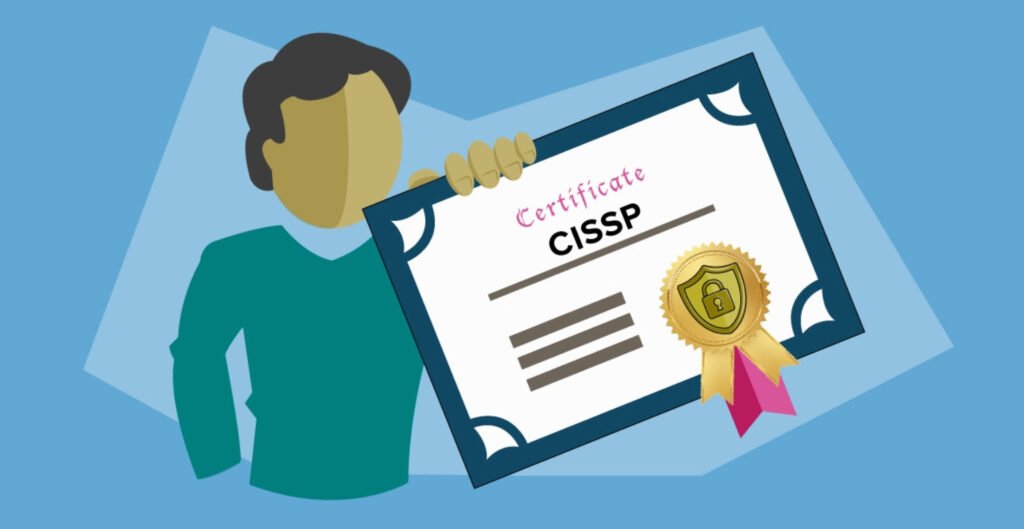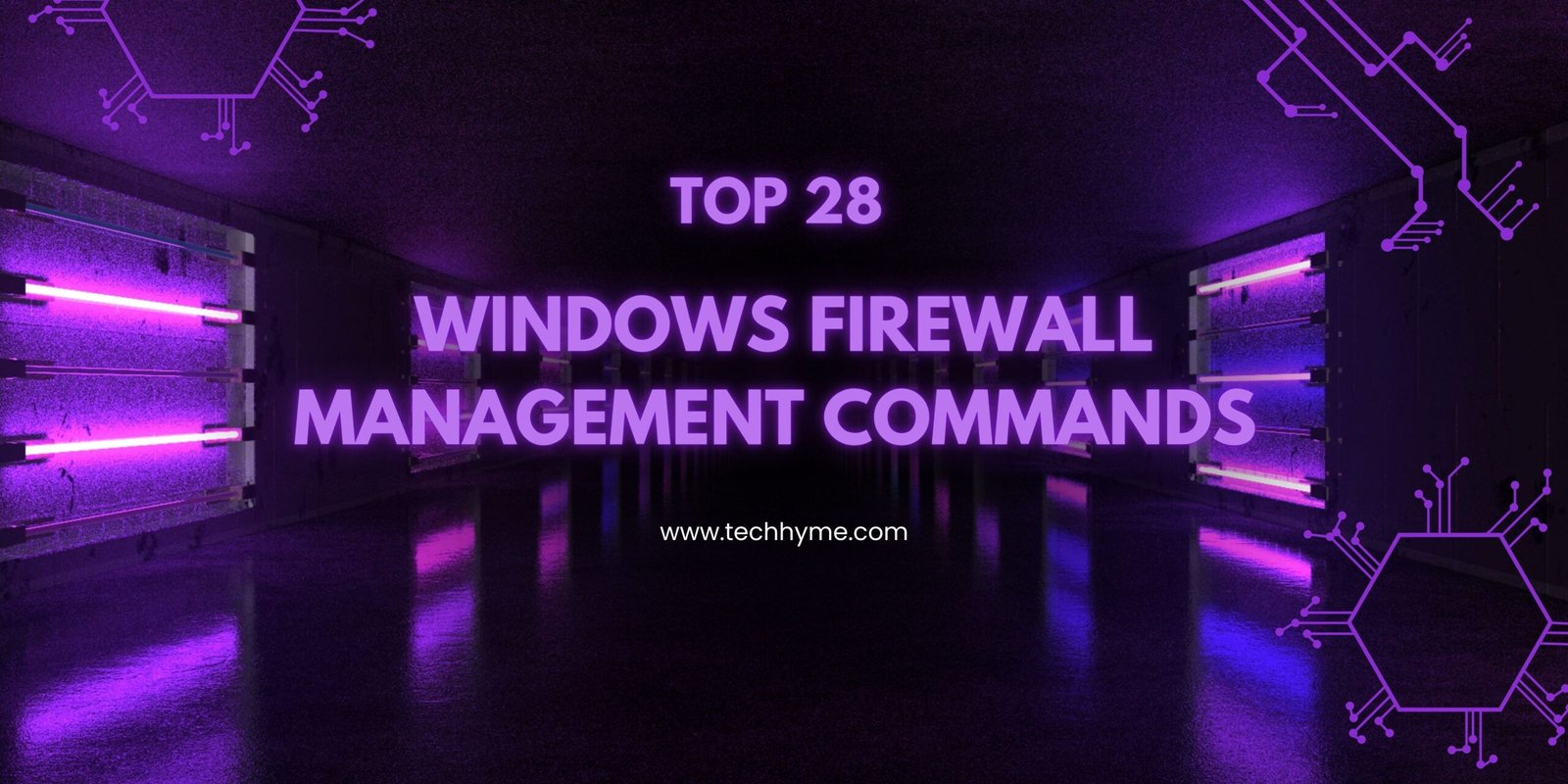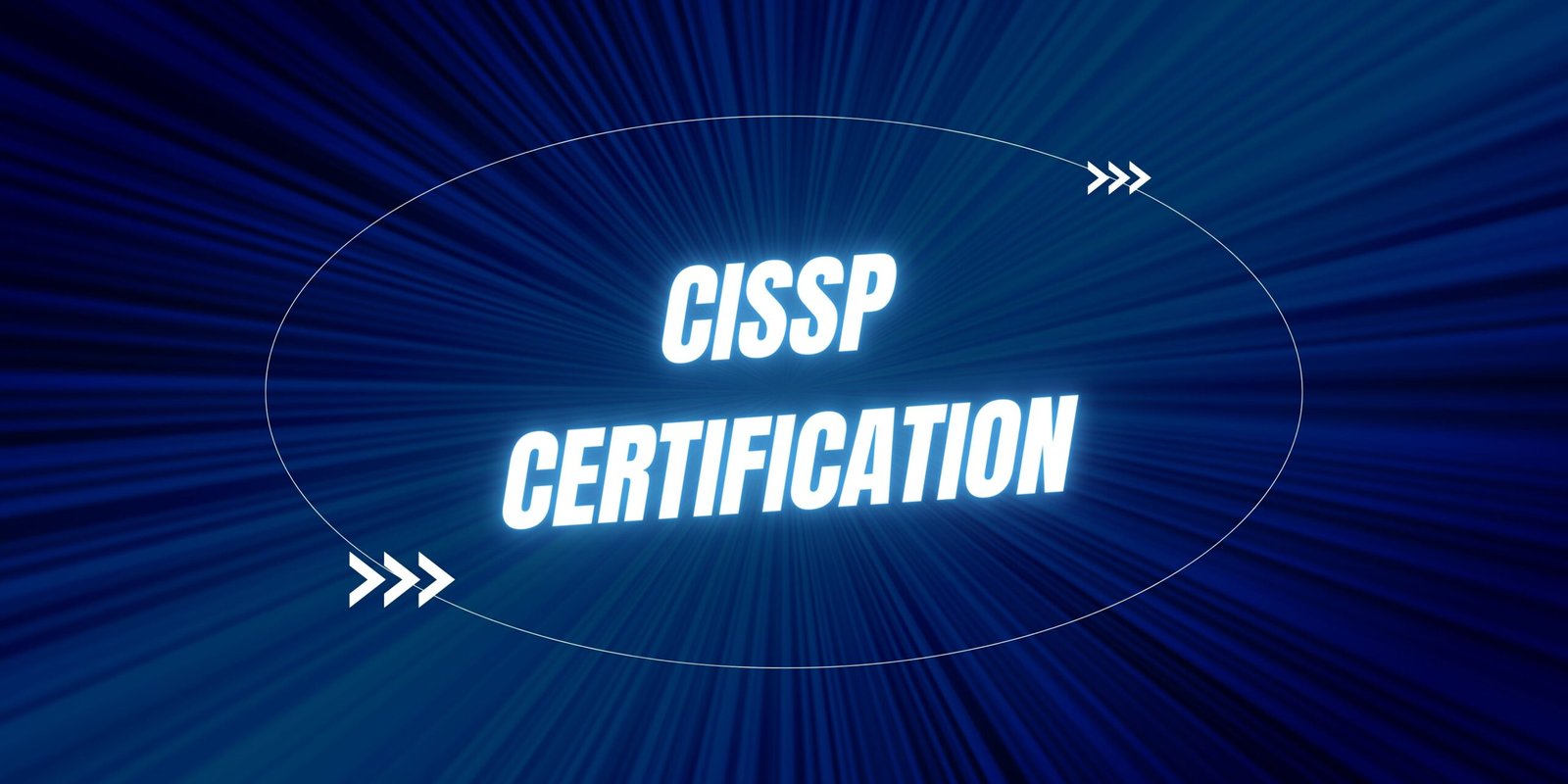
The Certified Information Systems Security Professional (CISSP) exam is one of the most respected certifications in the field of cybersecurity. If you are preparing for this exam, it is crucial to understand its format, structure, and what to expect on test day. This article will break down the CISSP exam in simple terms to help you feel more confident and prepared.
Overview of the CISSP Exam
The CISSP exam is designed to test your knowledge and skills in cybersecurity. It is administered by (ISC)², an international nonprofit organization that specializes in training and certifying security professionals. The certification is recognized worldwide and demonstrates your expertise in information security.
The exam covers a wide range of topics, including security and risk management, asset security, security engineering, communications and network security, identity and access management, security assessment and testing, security operations, and software development security. These topics are referred to as the eight domains of the CISSP Common Body of Knowledge (CBK).
CISSP Exam Format
The CISSP exam format varies depending on the language and delivery method:
1. Computerized Adaptive Testing (CAT) for English Exam
If you take the CISSP exam in English, you will take a Computerized Adaptive Test (CAT). Here’s what you need to know about the CAT version:
| Number of Questions | 125–175 |
| Time Limit | 4 hours |
| Question Type | Multiple-choice and advanced innovative questions |
| Adaptive Nature | The exam adapts based on your performance. If you answer a question correctly, the next question may be harder. If you answer incorrectly, the next question may be easier. The goal is to determine your ability level as quickly as possible. |
| Passing Score | You need a score of 700 out of 1000 to pass. |
2. Linear Exam for Non-English Languages
For candidates taking the CISSP exam in languages other than English, the format is slightly different:
| Number of Questions | 250 |
| Time Limit | 6 hours |
| Question Type | Multiple-choice and advanced innovative questions |
| Fixed Format | The exam does not adapt to your performance. You answer all 250 questions, and your final score is based on the total number of correct answers. |
| Passing Score | 700 out of 1000 |
Question Types on the CISSP Exam
The CISSP exam includes different types of questions to assess your understanding of security concepts:
- Multiple-Choice Questions: You will be given a question with four possible answers, and you must select the best one.
- Drag-and-Drop Questions: These require you to match concepts or organize steps in a process.
- Hotspot Questions: You may need to identify a specific area on an image, such as pointing out a security risk in a network diagram.
- Scenario-Based Questions: These present real-world security situations and ask how you would handle them.
What to Expect on Test Day
| Before the Exam | |
| Registration | Ensure you have registered and received confirmation of your exam appointment. |
| Arrival Time | Arrive at the testing center at least 30 minutes before your scheduled time. If you’re taking an online proctored exam, ensure your testing environment meets the requirements. |
| Identification | Bring a valid government-issued ID, such as a passport or driver’s license. |
| Personal Belongings | You are not allowed to bring personal items such as mobile phones, notes, or bags into the exam room. |
| Security Check | Testing centers have strict security protocols, including identity verification and biometric scanning. |
| During the Exam | |
| Focus and Time Management | Keep track of your time and pace yourself accordingly. |
| Reading Carefully | Read each question thoroughly and consider all answer choices before selecting your response. |
| Using the Breaks Wisely | You may be allowed to take breaks, but the exam clock does not stop. |
| Stay Calm | If you don’t know an answer, make an educated guess and move on. The adaptive format in the CAT version means one wrong answer won’t necessarily ruin your chances of passing. |
| After the Exam | |
| Immediate Results for CAT Exam | If you take the CAT version, you will receive a pass or fail result immediately after completing the exam. |
| Results for Linear Exam | If you take the 250-question version, your results may take a few weeks to arrive. |
| Next Steps if You Pass | Congratulations! You will receive an official email from (ISC)² with further instructions on the certification process. |
| Next Steps if You Fail | You can retake the exam after 30 days. If you fail multiple times, there are longer waiting periods between attempts. |
Tips for Success
- Study the CBK Domains: Make sure you understand all eight domains of the CISSP CBK.
- Use Practice Tests: Take mock exams to get familiar with the question format and improve your time management.
- Join Study Groups: Discussing with others can help reinforce concepts and clarify doubts.
- Take Breaks While Studying: Studying for long hours without breaks can lead to burnout. Stay fresh and focused.
- Get Enough Rest Before the Exam: A well-rested mind performs better under pressure.
Conclusion
The CISSP exam is challenging, but with the right preparation and mindset, you can succeed. Understanding the exam format and knowing what to expect on test day will boost your confidence and improve your chances of passing. Stay committed to your study plan, practice regularly, and keep a positive attitude. Good luck on your CISSP journey!









This Post Has One Comment